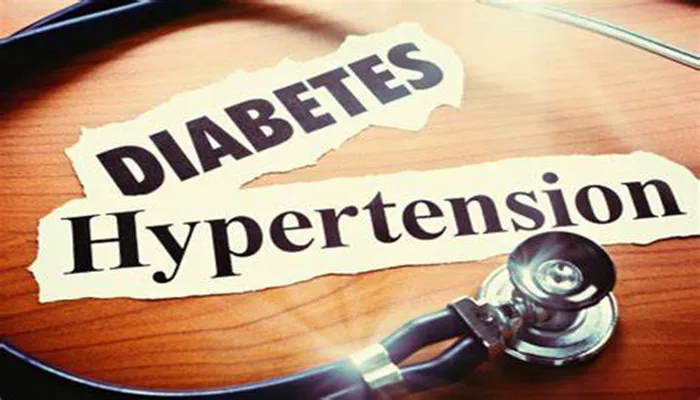A recent door-to-door survey conducted from January to August has revealed concerning levels of diabetes and hypertension in both rural and urban areas of Ranga Reddy district, Telangana. The survey, which screened 10,400 individuals across more than 10 villages in the Kandukur and Maheshwaram mandals, found that over 25% of the population is affected by these non-communicable diseases (NCDs).
The study was carried out by the Helping Hands Foundation (HHF), a Hyderabad-based NGO, as part of its Rural NCD Outreach Programme.
Trained counselors utilized a specialized app to collect health data regarding diabetes and hypertension from villages including Maheshwaram, Nagaram, Kandukur, Mucherla, Mirkhantpet, and surrounding areas. However, due to logistical challenges, HHF was unable to conduct door-to-door screenings in urban and peri-urban slum areas within a 50-kilometer radius of Hyderabad. Instead, data from approximately 5,000 individuals screened at various HHF clinics in neighborhoods like Hakeempet, Wadi e Mahmood, Kishanbagh, and Kalapather revealed 2,570 cases of diabetes and hypertension, according to Mujtaba Hasan Askari from HHF.
Age-Based Findings
The survey highlighted significant differences in disease prevalence among various age groups and regions. In urban and peri-urban areas, 32% of individuals aged 31 to 50 were found to have hypertension, compared to 22.9% in rural areas. The prevalence of diabetes in this age group was nearly double in urban areas at 49%, compared to just 26% in rural regions.
Additionally, co-morbidities were observed to be 50% higher among urban residents aged 30 to 50 than their rural counterparts.
For individuals over the age of 50, the survey indicated a higher prevalence of both diseases in rural populations.
Hypertension rates were recorded at 72.9% in rural areas versus 64.8% in urban regions.
Similarly, diabetes affected 67% of rural residents over 50 compared to only 43% in urban areas.
The survey also pointed out a lack of effective disease management in rural areas. Nearly 40% of diabetics reported poor control over their blood sugar levels, with HbA1c levels exceeding 7.5 mg/dl (the normal range is below 5.7 mg/dl).
Contributing factors include low awareness regarding diet and lifestyle choices, high consumption of rice and alcohol, poor adherence to medication regimens, and limited access to healthcare facilities.
Mr. Mujtaba emphasized that “Rural areas face significant barriers to managing these conditions due to inadequate healthcare access and lower awareness.” He contrasted this with urban populations that generally have better access to healthcare services, allowing for relatively improved management of diabetes and hypertension.
Medication Access Concerns
The survey further revealed that only 25% of patients in both urban and rural areas rely on medications from Primary Health Centres (PHCs) or government hospitals. Many patients expressed concerns regarding the quality of available medicines and the lack of multi-drug combinations. This situation has led to increased out-of-pocket expenses for patients seeking treatment.
The findings from this survey highlight an urgent need for improved healthcare access and education on lifestyle management for diabetes and hypertension in both rural and urban settings across Telangana.


